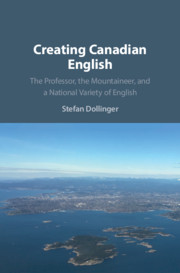Azerbaijan's complex history has weaved a tapestry of linguistic, cultural, and national identities among Azerbaijanis through centuries of political, social, and linguistic integration. In the current post-Soviet era, this identity is undergoing another period of change, with influences from intra-state ethnic, religious, and sociopolitical institutions as well as from regional and international powers. This article centers on linguistic identity among Azerbaijani youth at three types of schools: Azerbaijani-medium, Russian-medium, and English-medium. The authors seek to discover whether and to what extent the language of instruction in each type of school affects linguistic identity, which in turn has implications for national identity. The article first discusses the existing literature on language and identity in second language acquisition and socio-educational linguistics. It then examines Azerbaijan's linguistic and political history through the lens of the latter framework, as a context for an analysis of the data from surveys and focus groups. The article analyzes the relationship between medium of instruction in school and students' perceptions of language and identification with various language groups, and discusses the findings of a significant correlation between language of instruction and linguistic identity, with its implications for national identity.


